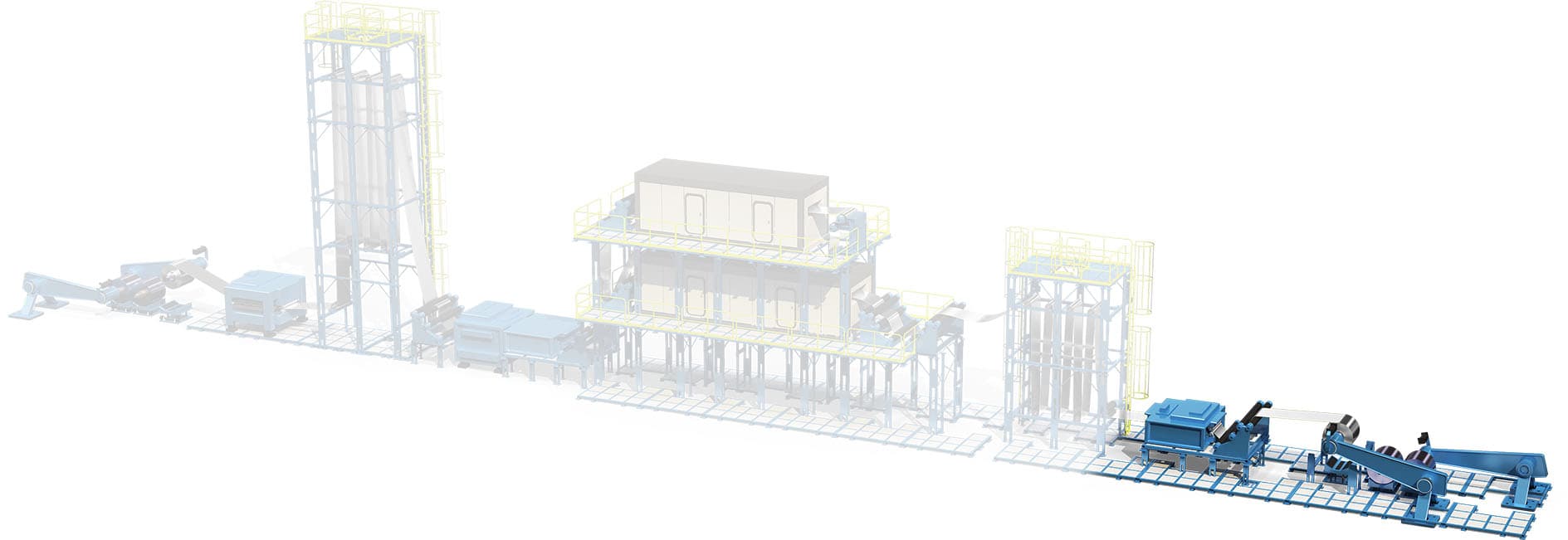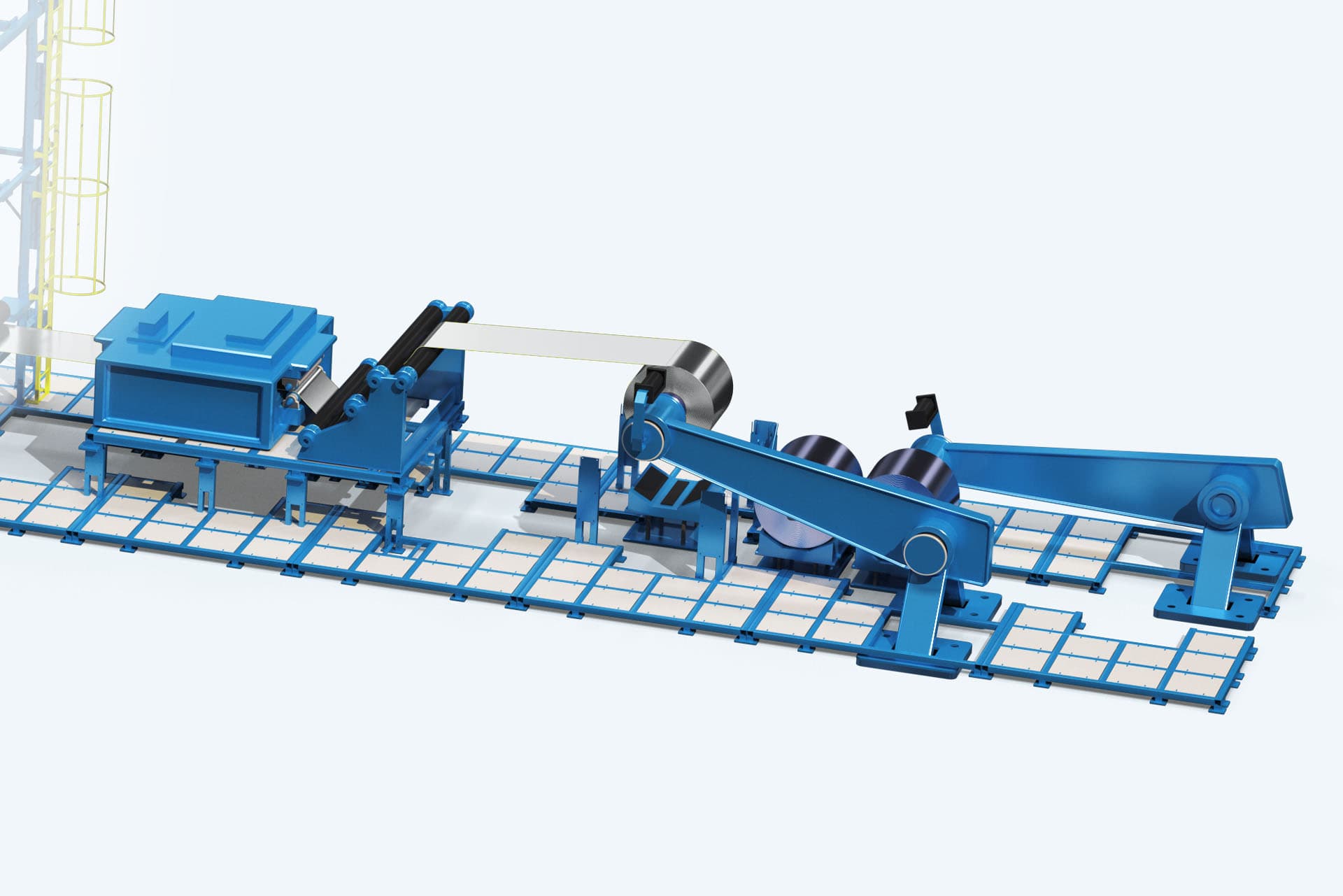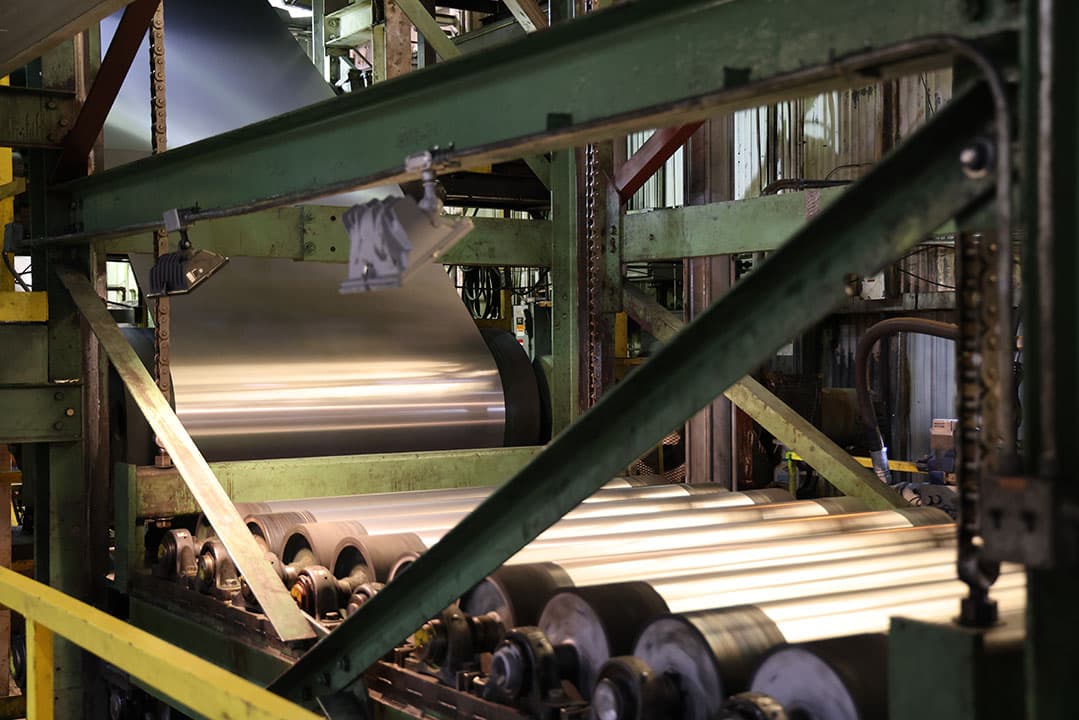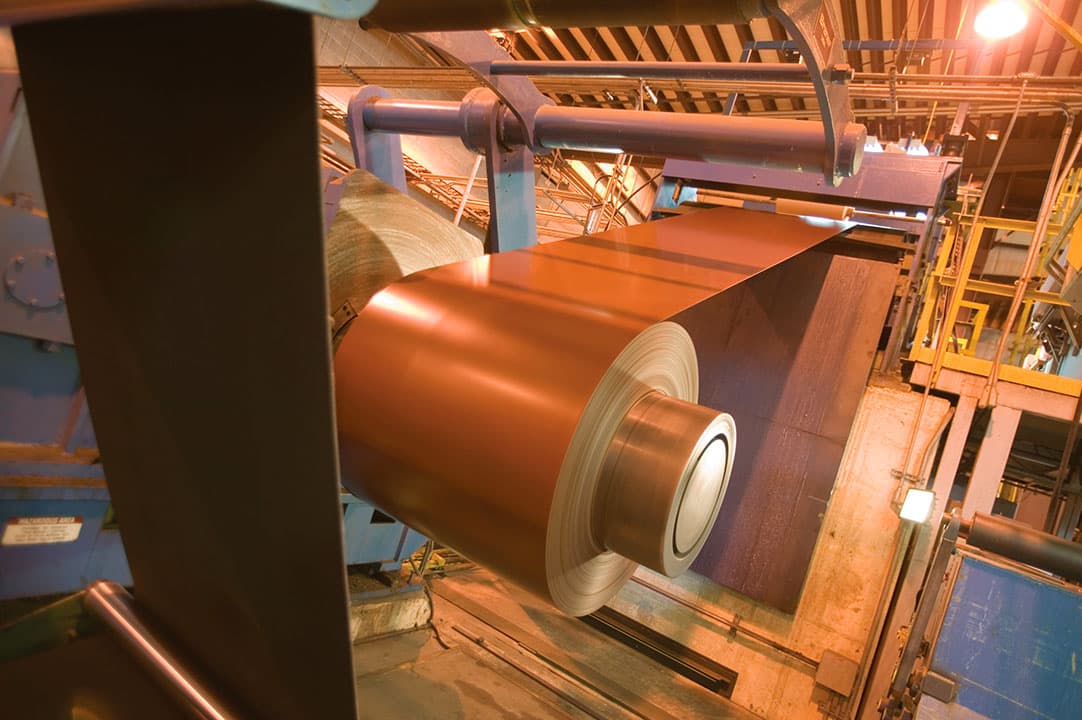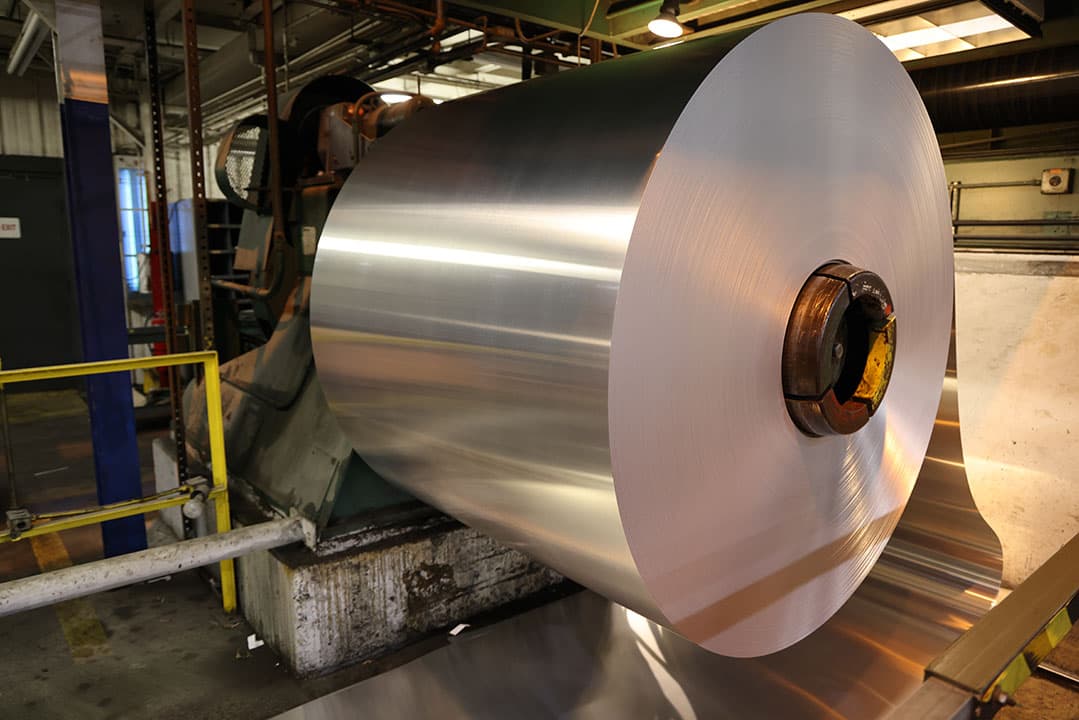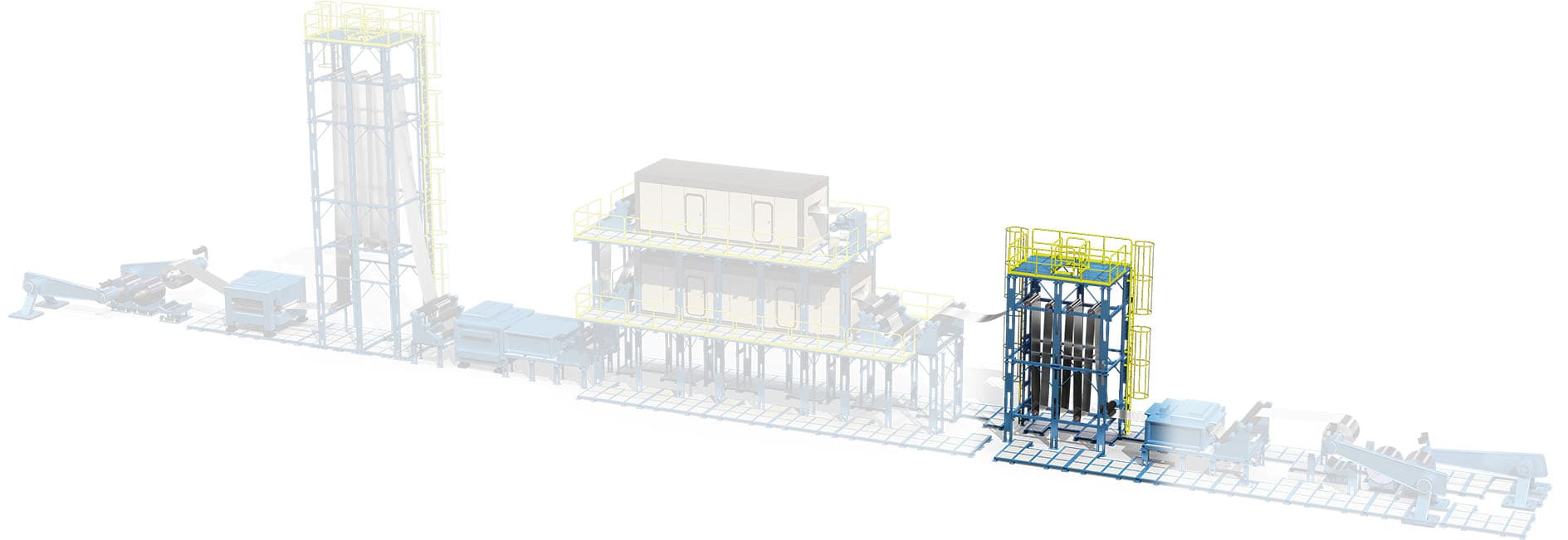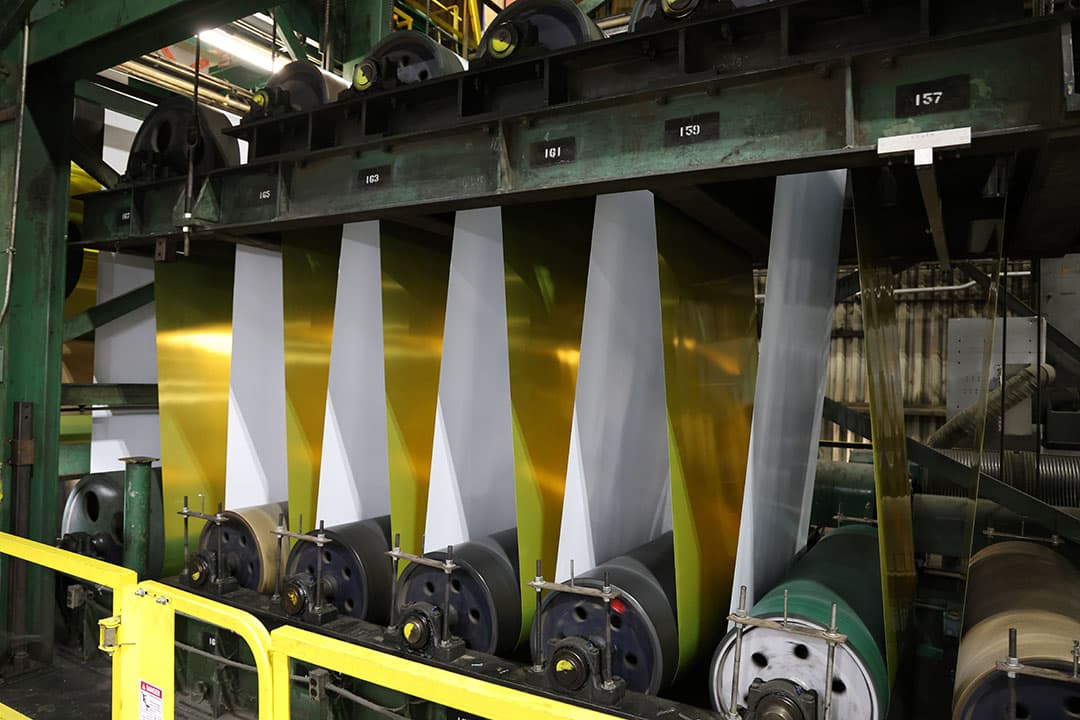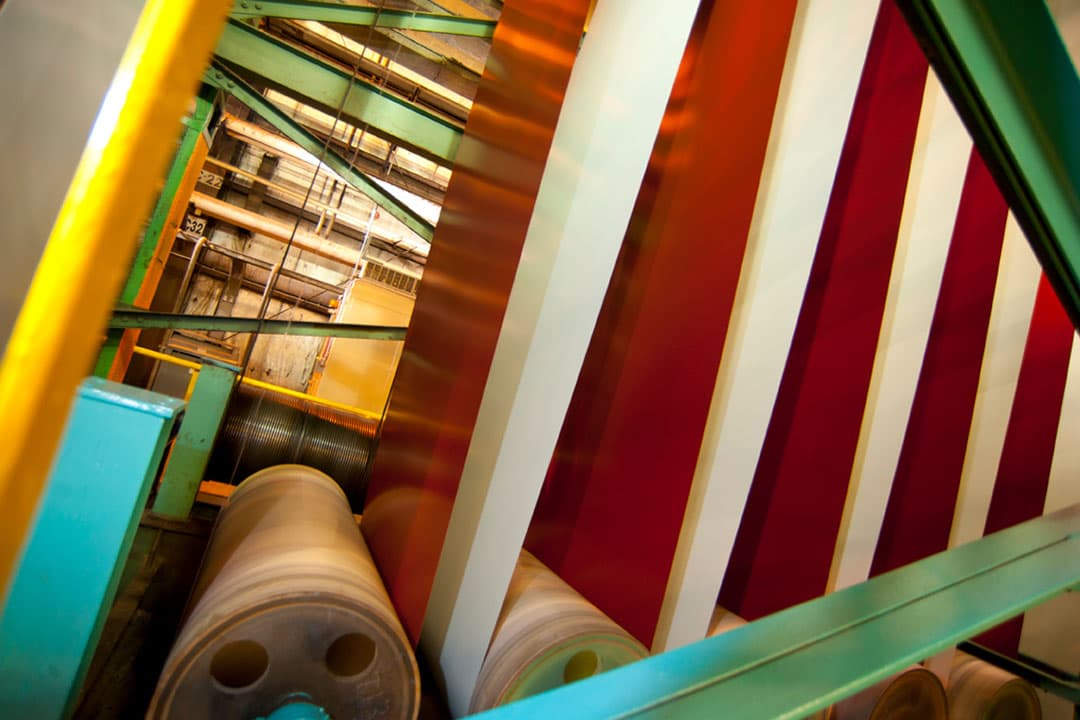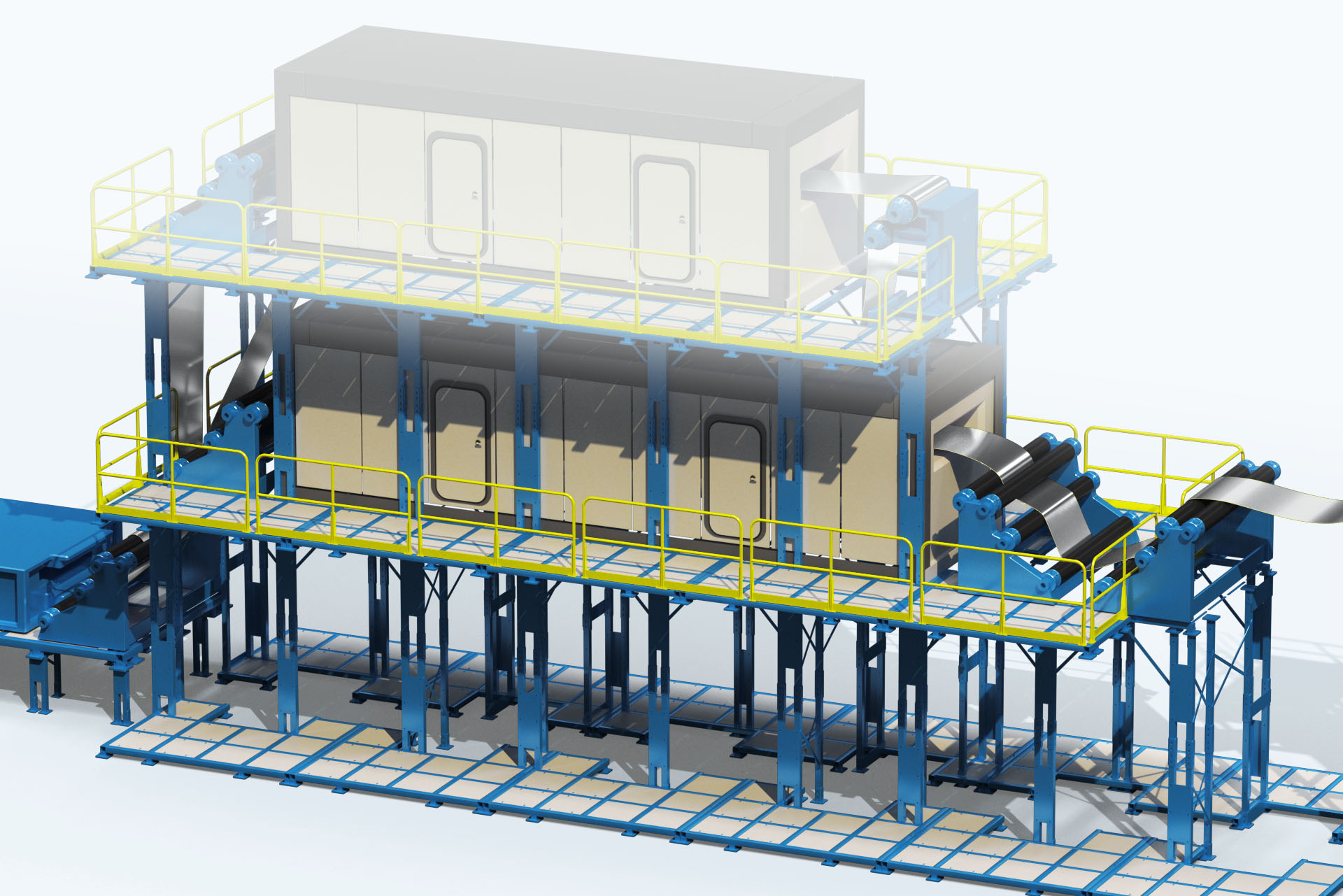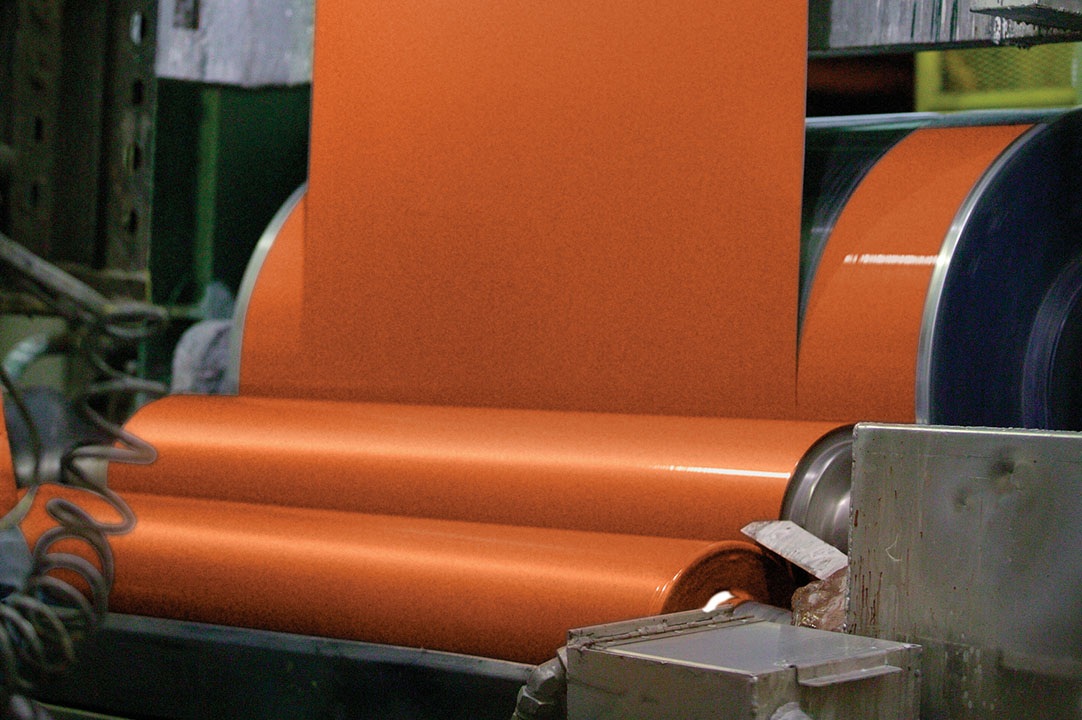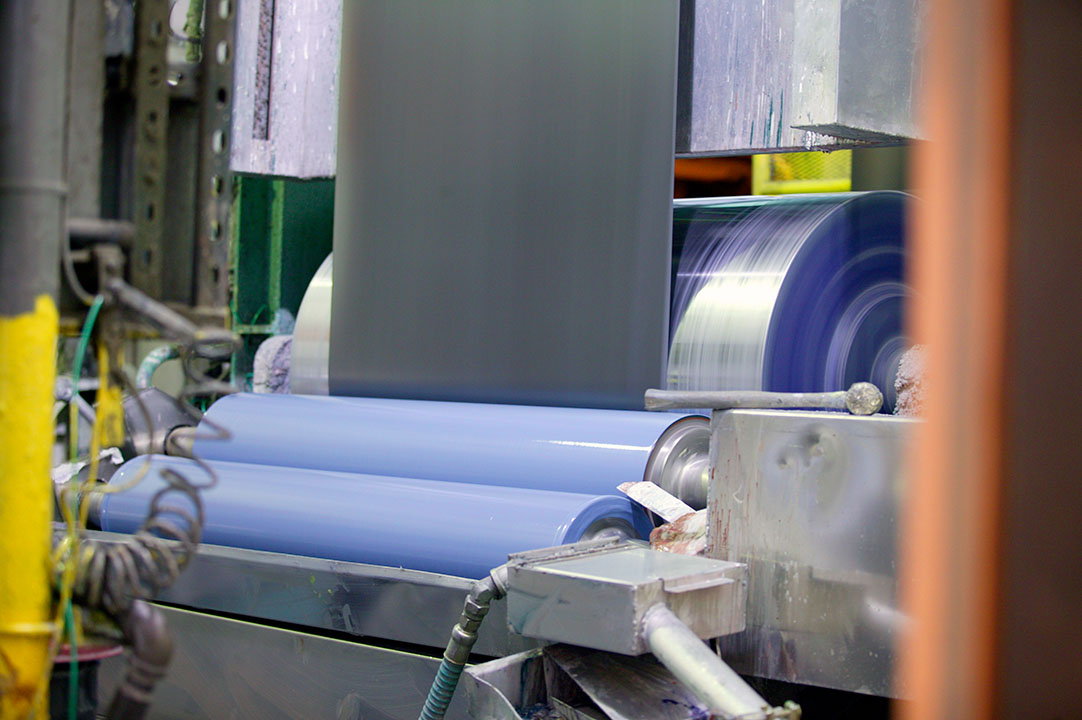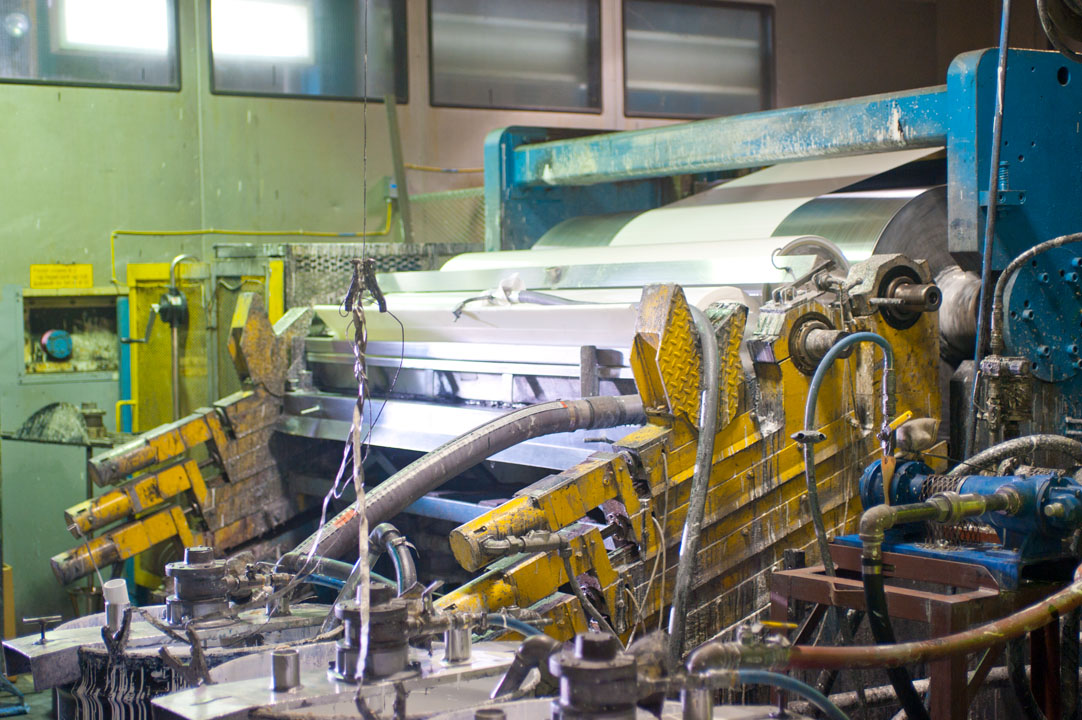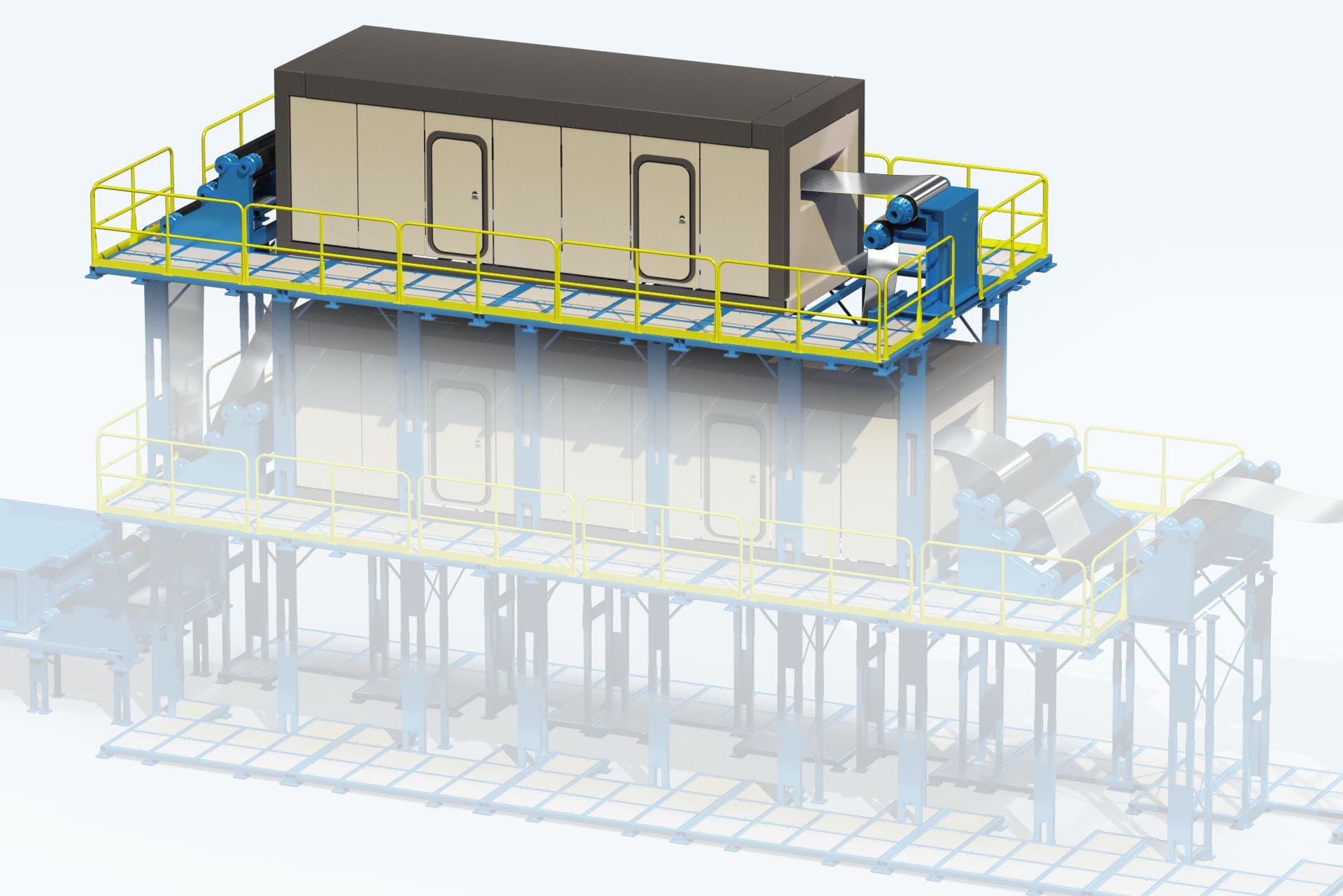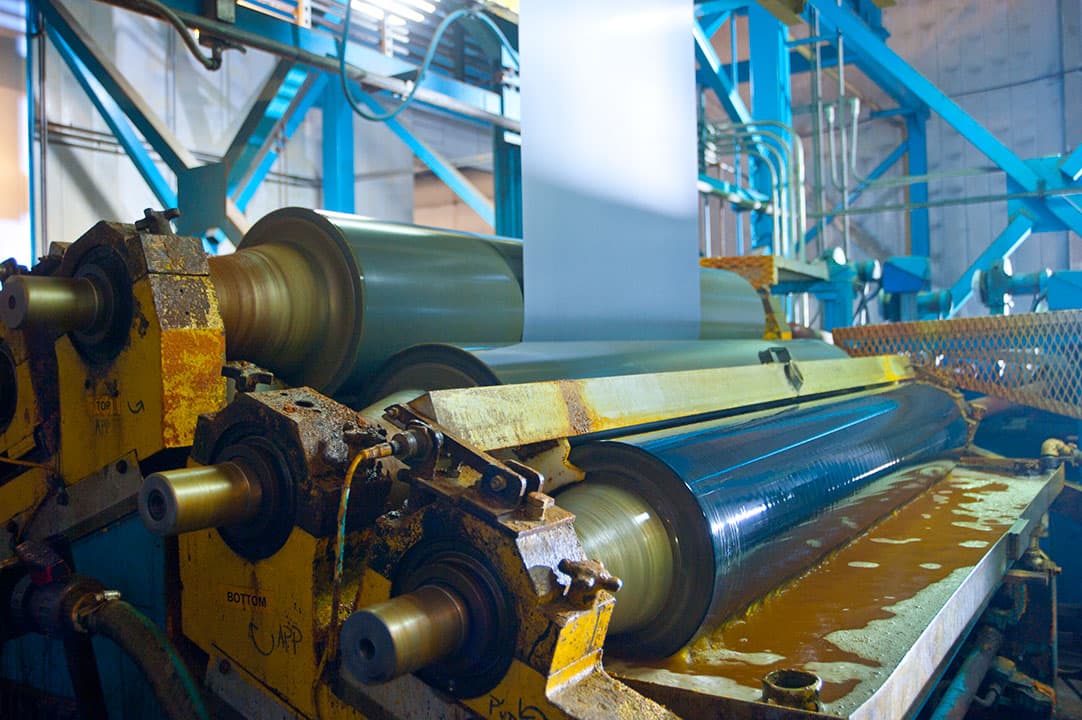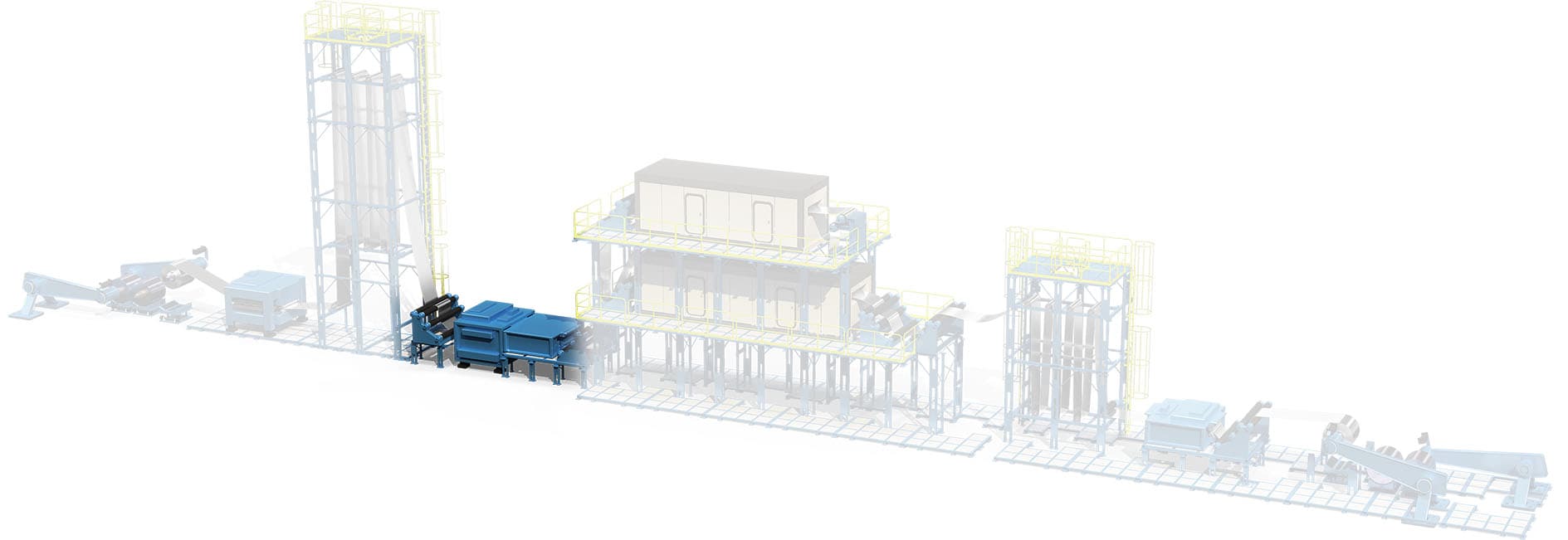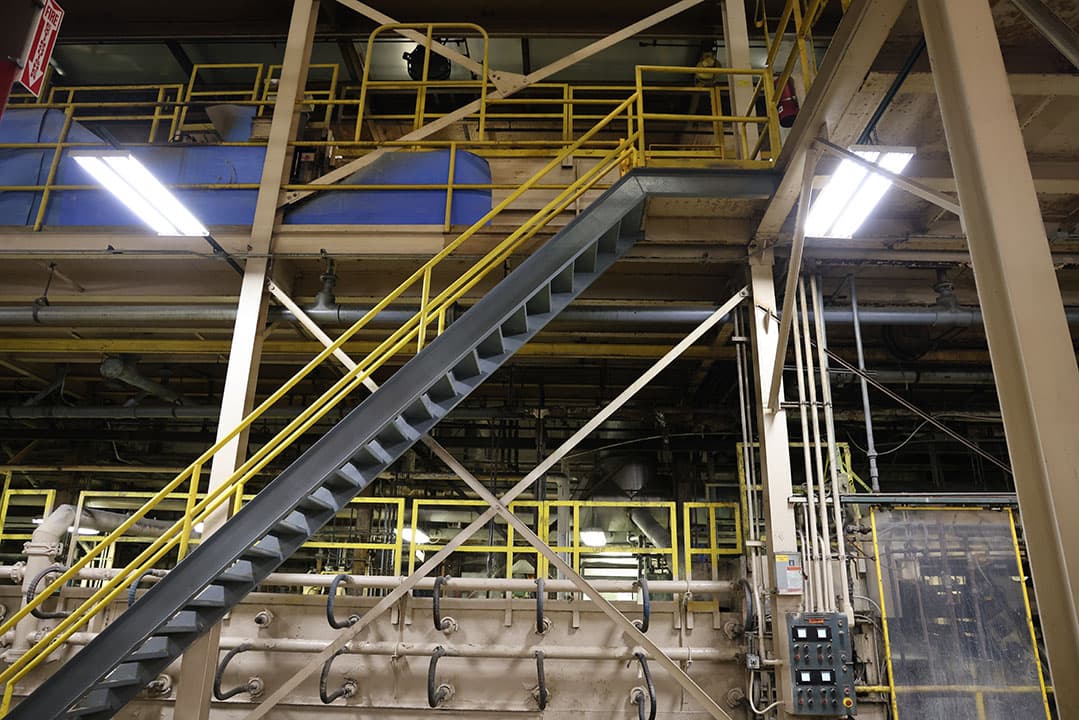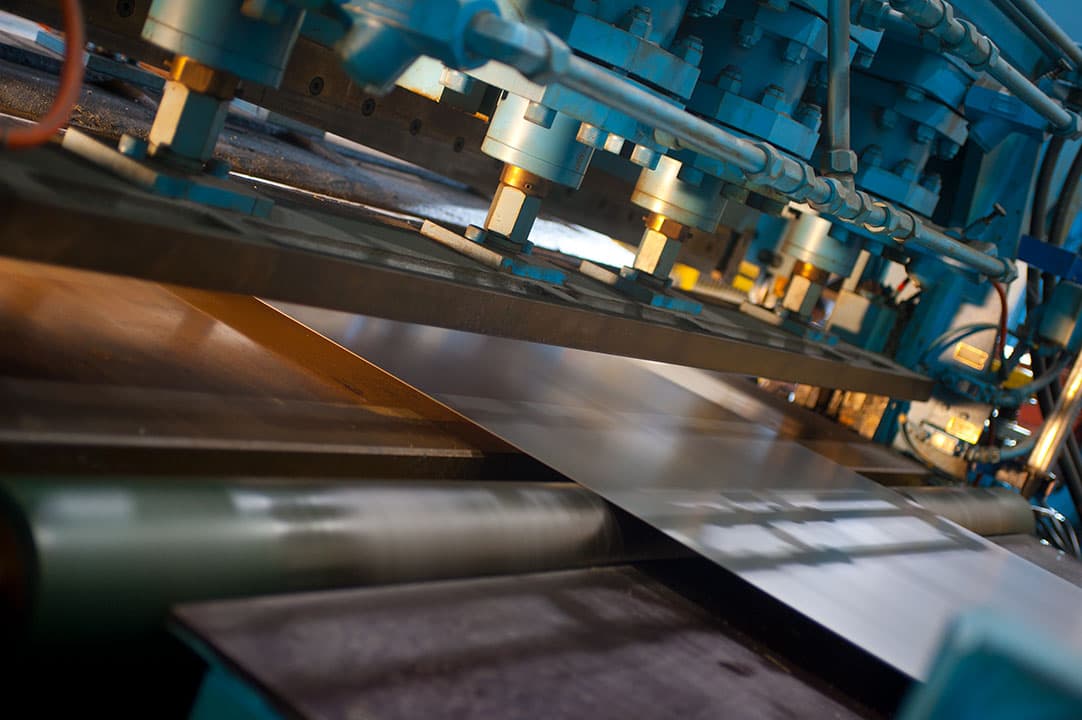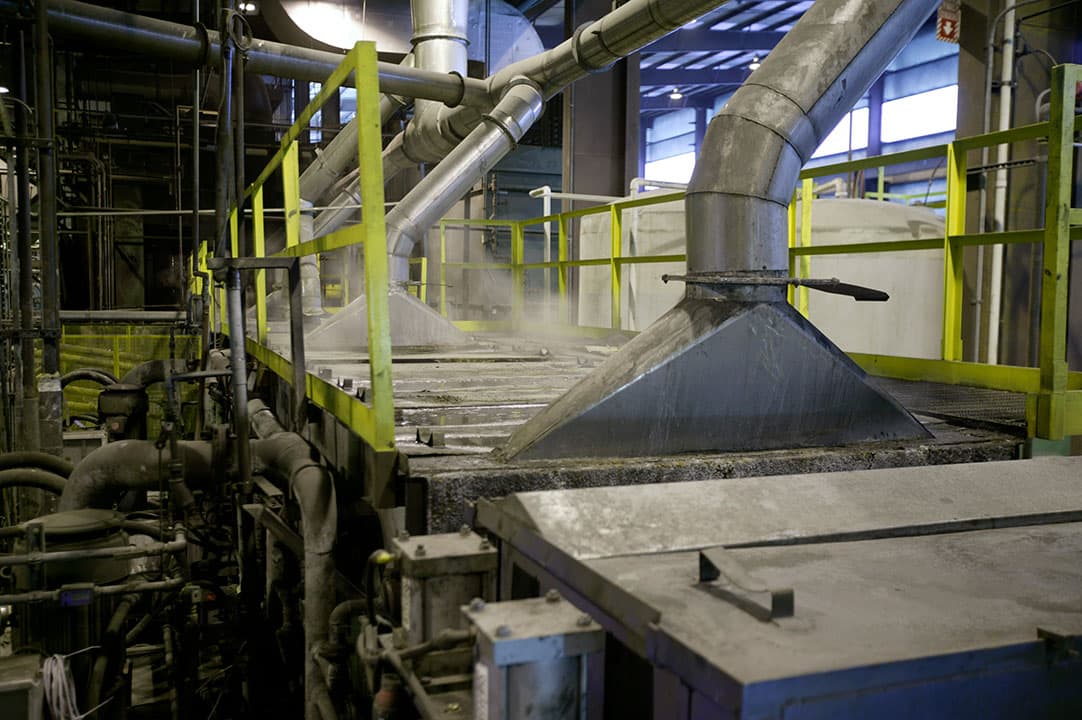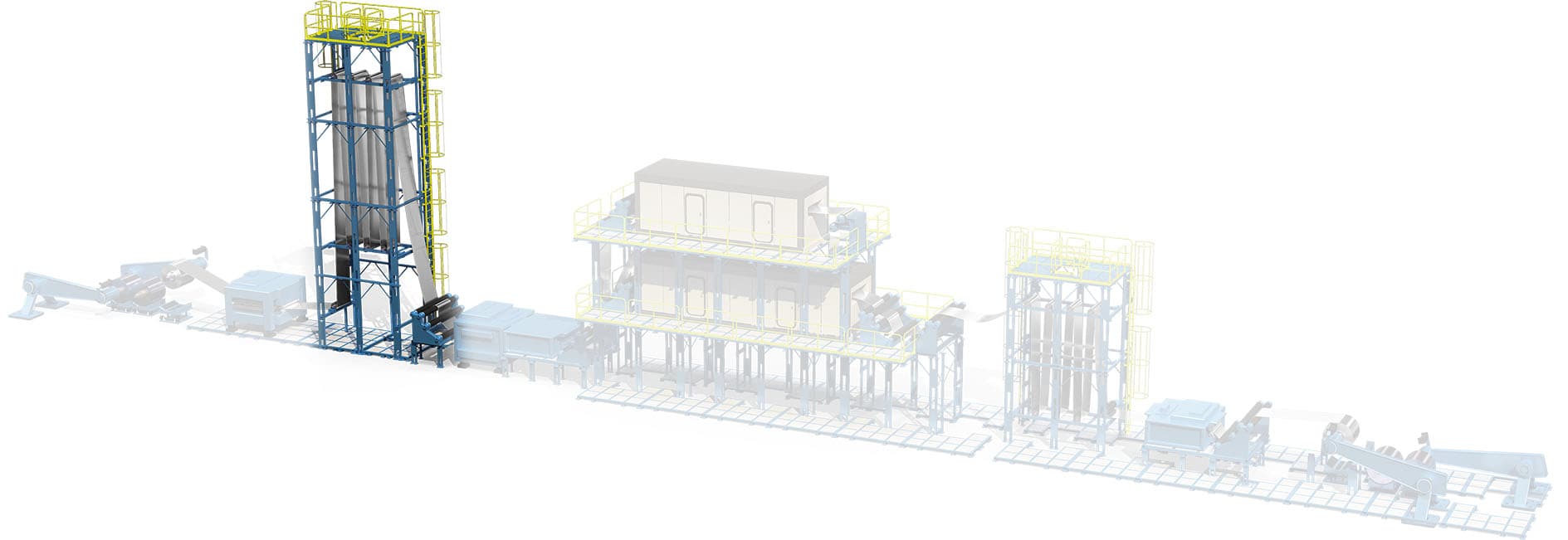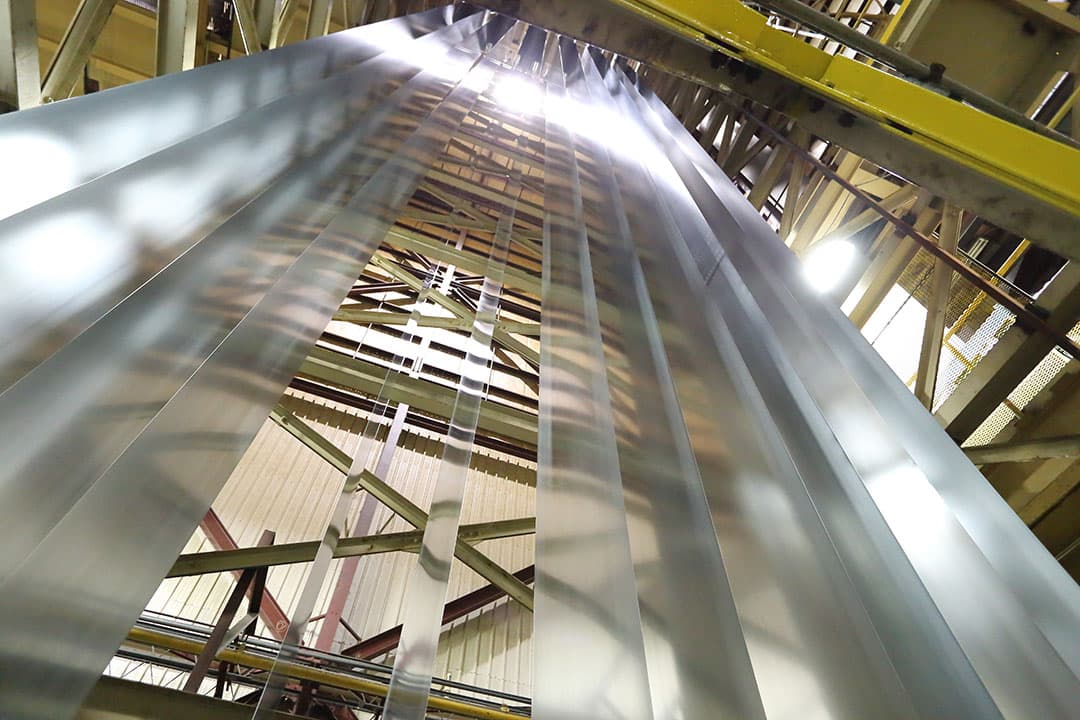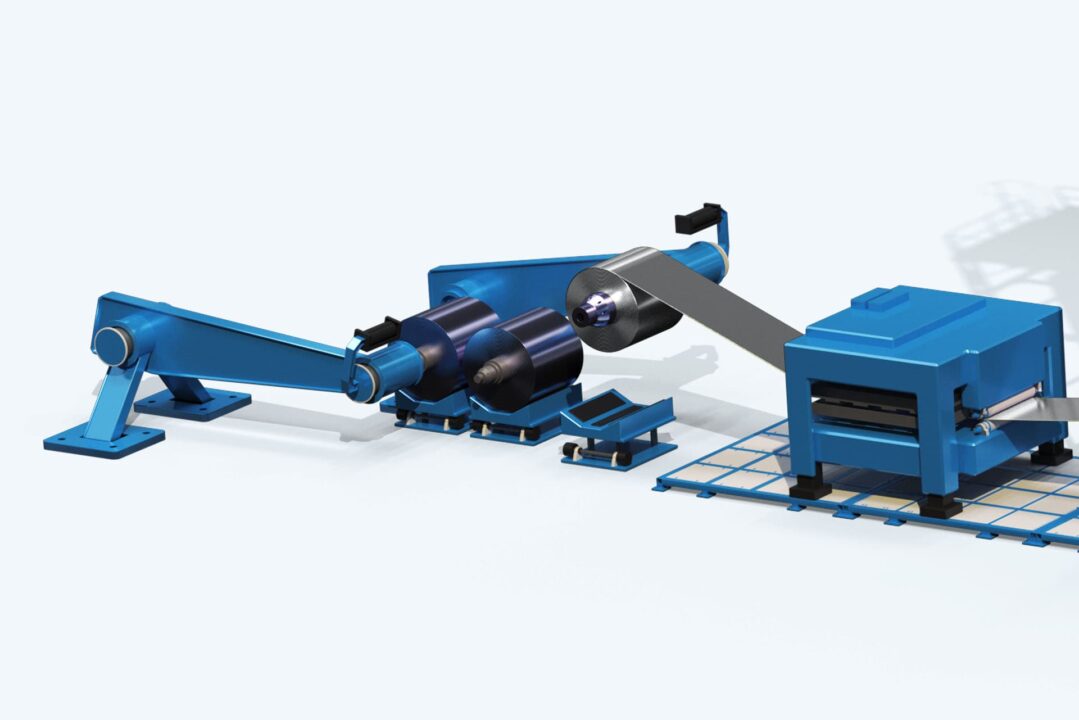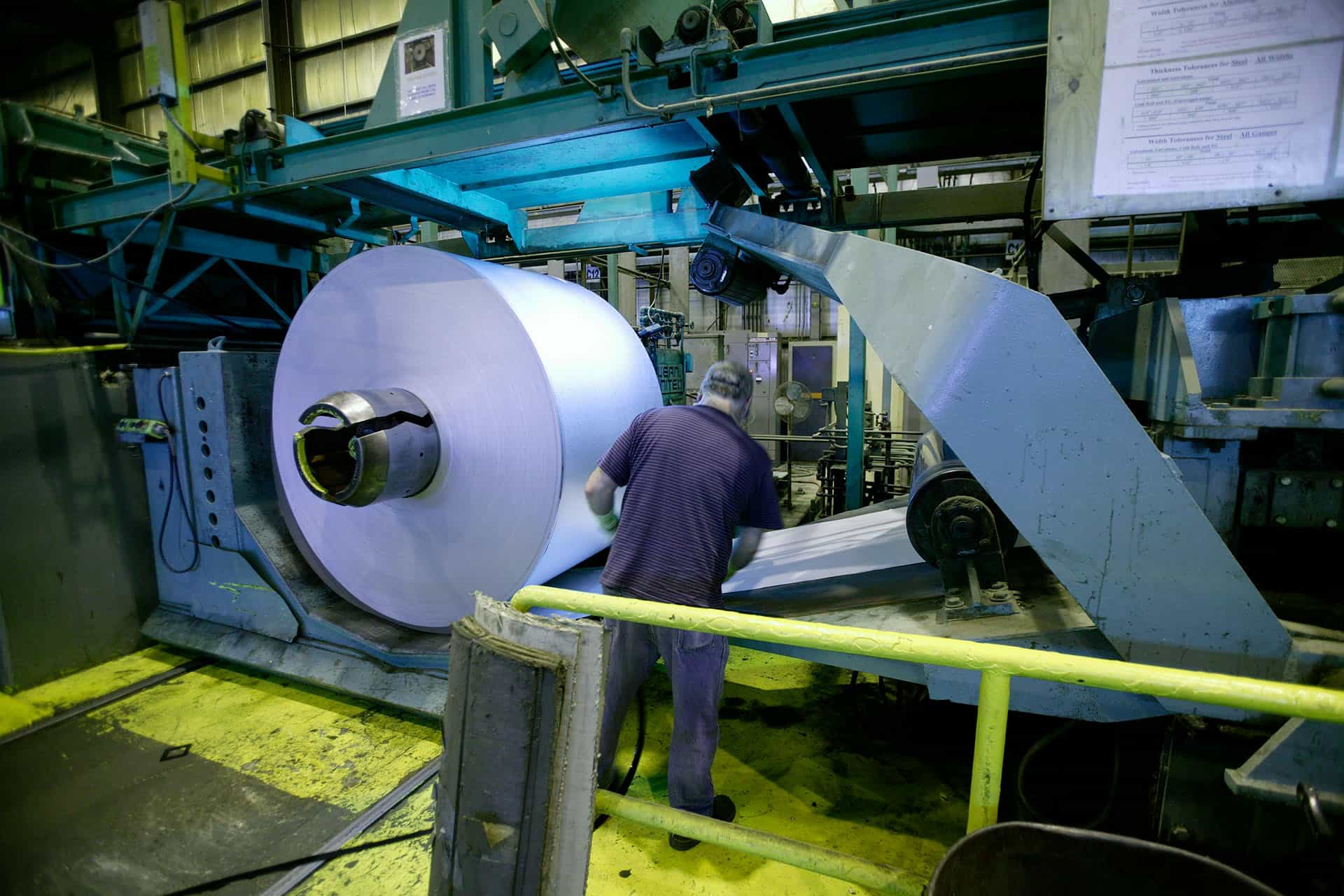Legacy Trail Pedestrian Bridge: Spanning History and Sustainability
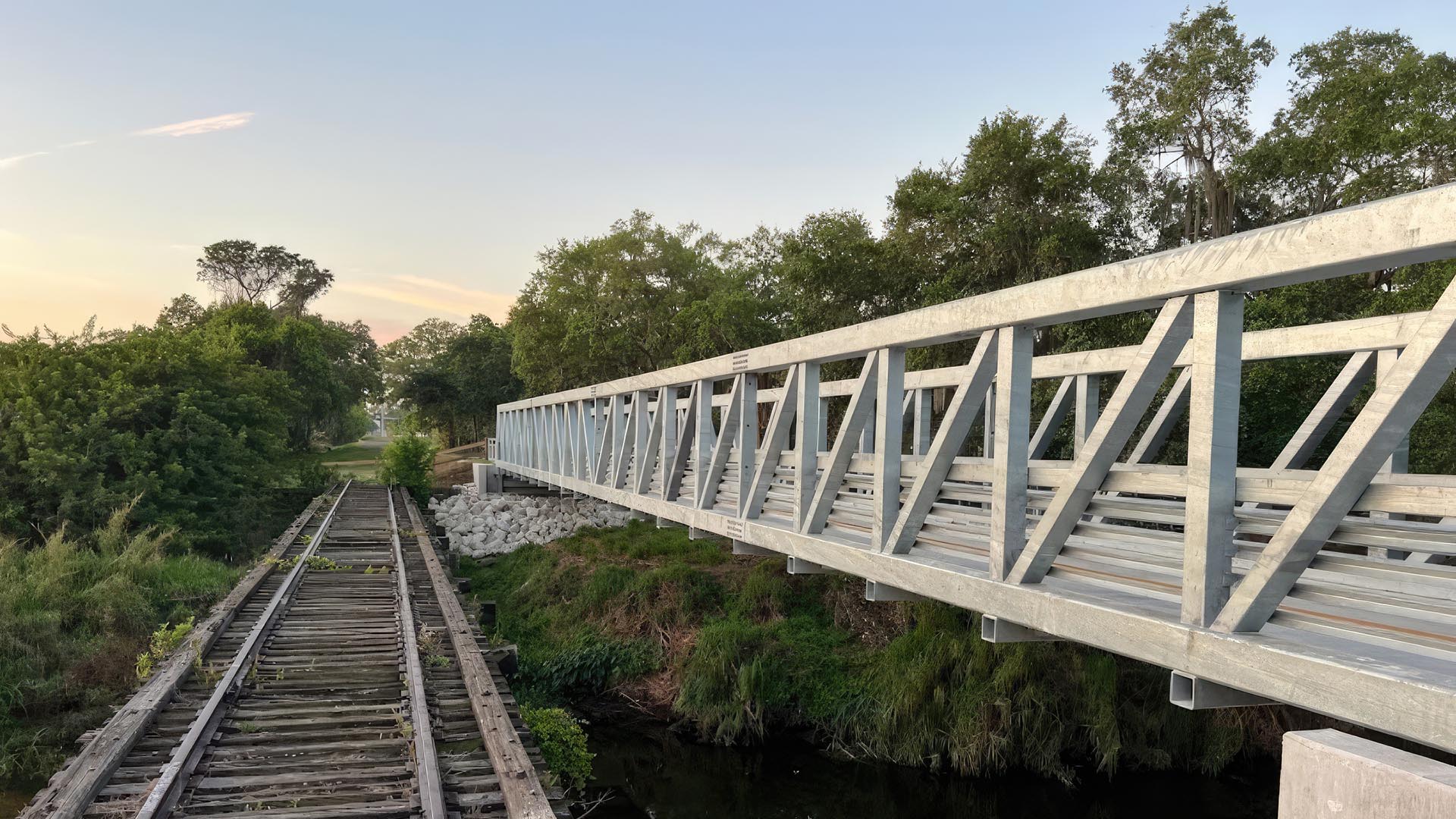
The depot also became a hub for families and personnel traveling to Venice for the Kentucky Military Institute and the Army Air Base during World War II. Notably, from 1960 to 1992, the railroad lines transported the Ringling Bros. and Barnum and Bailey Circus performers, animals, and equipment to their winter home in Venice. These railroad tracks hold a rich history within the region, and their significance endures even in the absence of trains.
In 2004, Sarasota County, in collaboration with The Trust for Public Land, acquired the railroad corridor from CSX, the successor to Seaboard. Named “The Legacy Trail,” it opened in 2008, spanning 12.5 miles from south of Clark Road in Sarasota to Center Road in Venice. The trail offers a scenic route for bikers, walkers, and runners. Managed by Sarasota County Parks, Recreation, and Natural Resources, the trail receives support from Friends of The Legacy Trail, an all-volunteer, non-profit organization. Both entities are dedicated to ongoing enhancements, such as constructing bridges over busy roads, installing bike repair stations, updating informational kiosks with maps and resources about flora/fauna, and more.
In 2021, the ambitious “Legacy Trail Extension and North Port Connector” project involved the incorporation of an 18.5-mile stretch of historic railroad tracks. This railway was previously used for almost a century as transportation by Barnum and Bailey and efforts were made to integrate the complex historic site with green infrastructure around the tracks.
As part of the project, a pedestrian bridge, fabricated in-house by Bridge Brothers (Pickens, South Carolina) was engineered to take cyclists, walkers and joggers across an environmentally sensitive river bed. Installing pedestrian bridges can be challenging due to their common placement over roadways, railways, or waterways in compact urban spaces. For ease of installation, the bridge’s framing and sides were assembled on-site as one piece.
During planning discussion, it was recognized that hot-dip galvanizing was the superior coating option, both for long-lasting corrosion protection and from an environmental standpoint. Although the bridge’s U-shaped frame was large, measuring nearly 40’ long by 12’ wide, the galvanizer’s kettle size (the largest along the East Coast) and expertise in the progressive dipping (double dipping) process facilitated a successful coating project.
The hot-dip galvanizing process involves the application of a zinc coating to the steel through a chemical reaction, without the need for additional coatings or paints. This process results in a long-lasting finish that requires minimal maintenance and avoids the environmental impact associated with frequent repainting or coating applications. Additionally, galvanized coatings are self-healing, meaning that if the zinc layer is scratched or damaged by heavy pedestrian traffic, it will naturally protect the exposed steel. This reduces the need for frequent inspections and touch-up maintenance, making it a practical choice and low maintenance choice.
Today, standing tall beside the remnants of the CSX rail line, the hot-dip galvanized Legacy Trail Bridge stands ready to usher in a new era of connectivity, recreation, and appreciation for the community’s unique history and commitment to sustainable practices.
Standing tall beside the remnants of the CSX rail line, the galvanized Legacy Trail Bridge stands ready to usher in a new era of connectivity, recreation, and appreciation for the community’s unique history and commitment to sustainable practices.
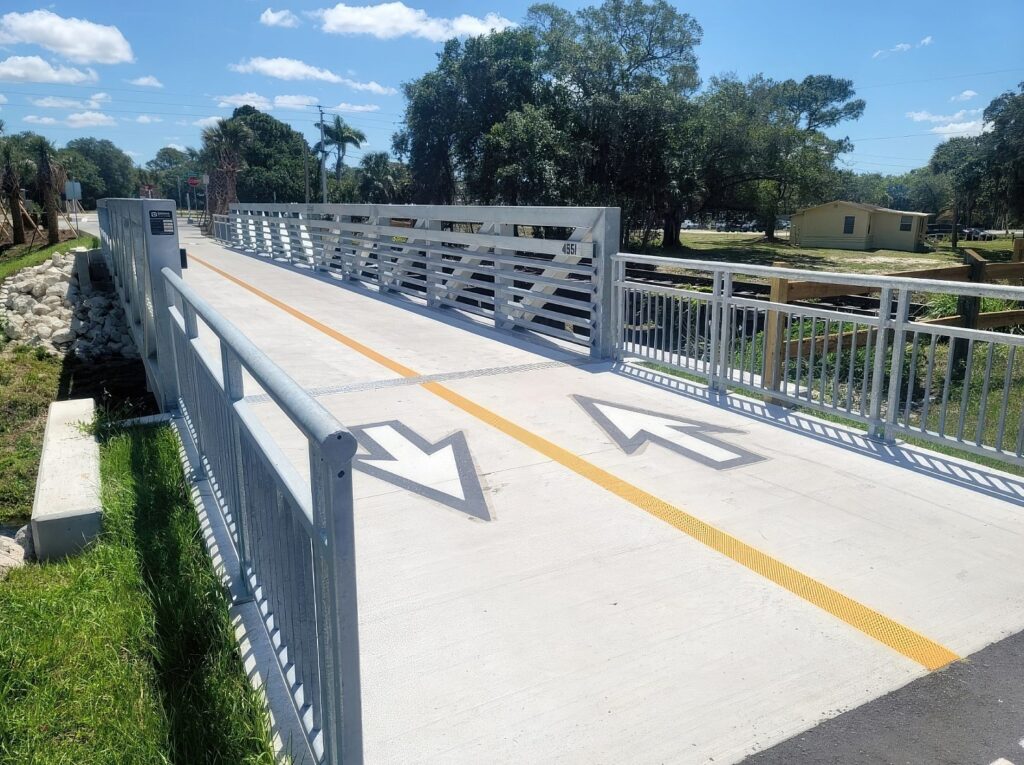
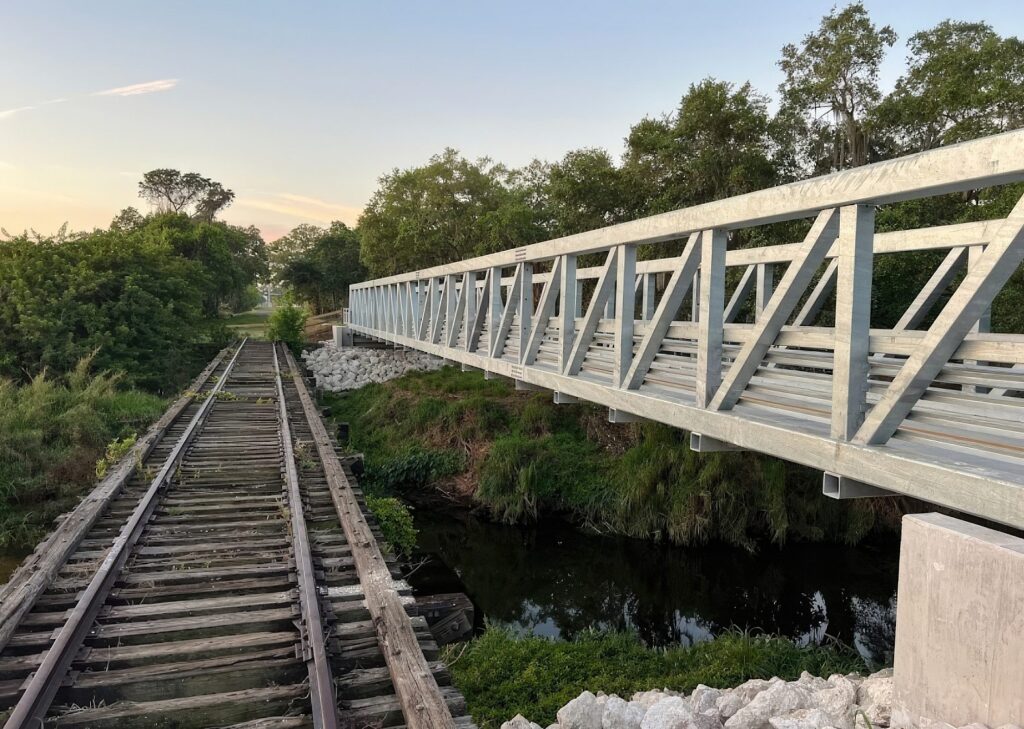
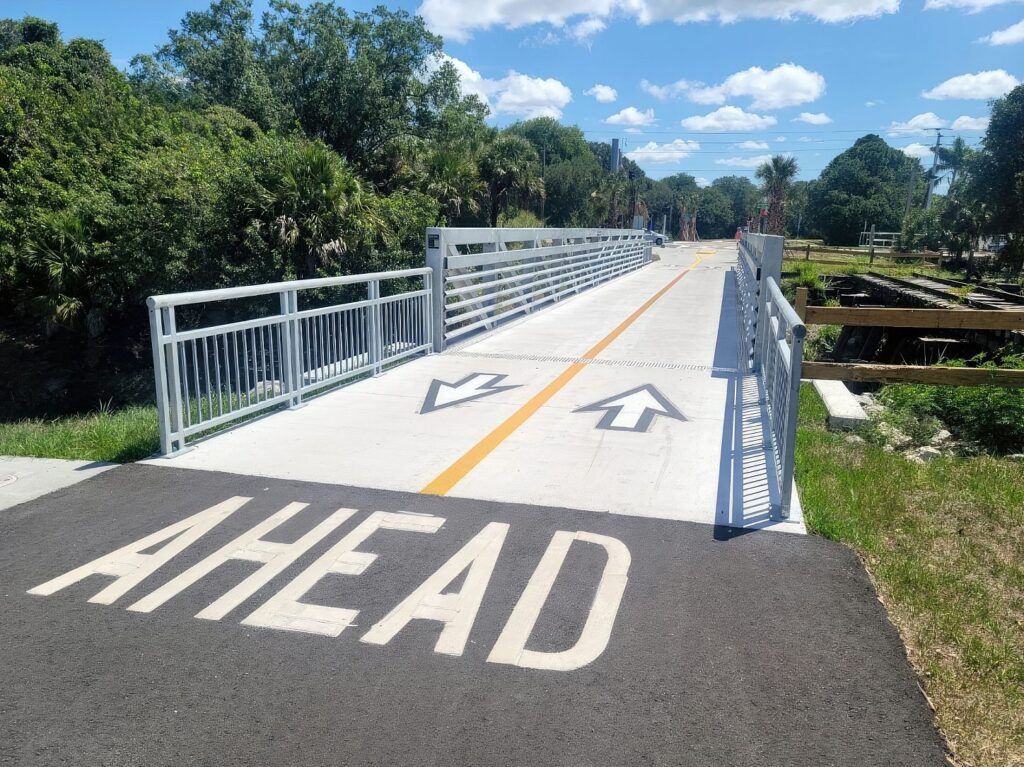
Contact Us
Email Signup
Sign up to receive the latest news from AZZ




